Home>Garden Essentials>What Temperature To Germinate Tomatoes
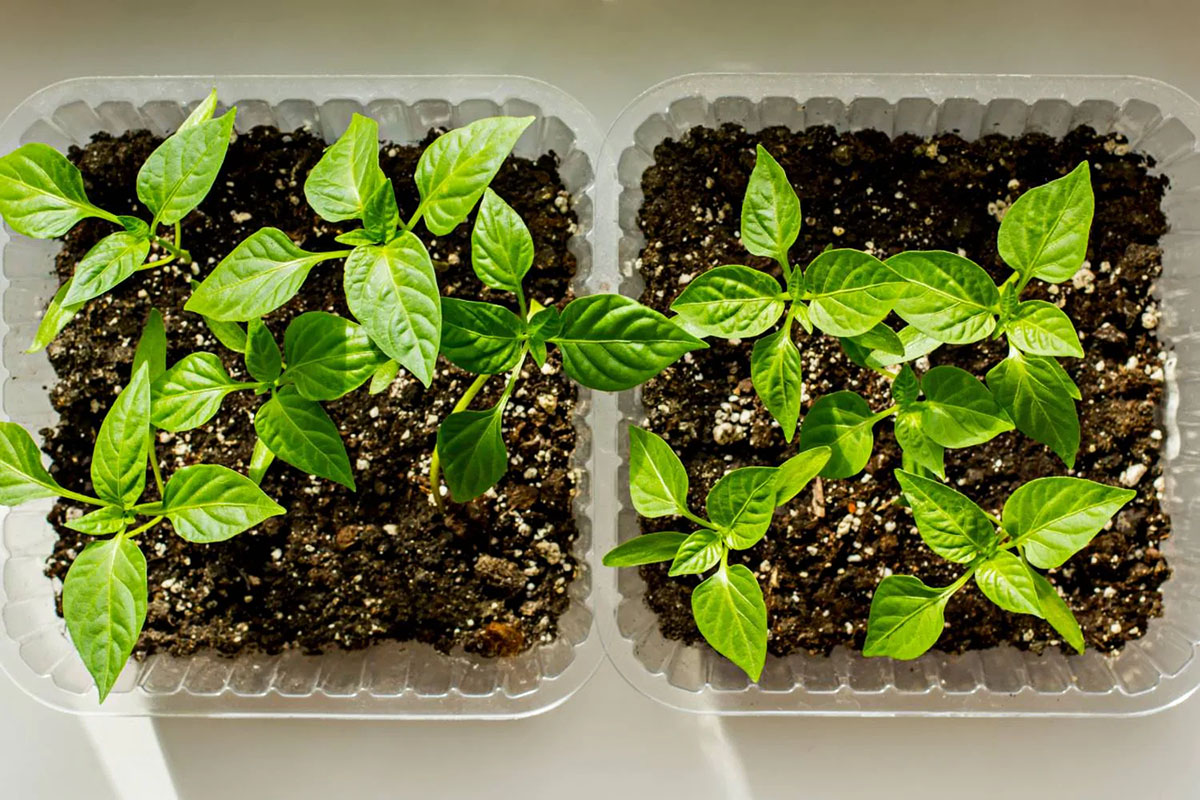

Garden Essentials
What Temperature To Germinate Tomatoes
Modified: October 20, 2024
Discover the ideal temperature for germinating tomatoes in your garden. Unlock tips and tricks to ensure successful tomato seed germination.
(Many of the links in this article redirect to a specific reviewed product. Your purchase of these products through affiliate links helps to generate commission for Storables.com, at no extra cost. Learn more)
Introduction
Tomatoes are one of the most popular and versatile vegetables to grow in a garden. Their juicy, flavorful fruits can be used in a variety of dishes, from salads to sauces, making them a staple in many kitchens. If you are a gardening enthusiast looking to grow your own tomatoes, it is essential to understand the germination process and the factors that affect it. One of the crucial factors that plays a significant role in tomato germination is temperature.
The temperature at which tomato seeds are exposed during the germination process can greatly influence the success and speed of germination. Different tomato varieties have different temperature requirements, so it is important to understand the optimal temperature range for germination, as well as how temperature impacts the seeds.
In this article, we will explore the importance of temperature in tomato germination and provide helpful tips for germinating tomatoes at the right temperature. Whether you are a beginner or a seasoned gardener, understanding the role of temperature in germination can significantly increase your chances of success and help you grow healthy tomato plants.
So, let’s dive in and discover the fascinating world of tomato germination and how temperature plays a crucial role in this process. By the end of this article, you will have a solid understanding of how to create the ideal temperature conditions for successful tomato germination and ensure a bountiful harvest of delicious tomatoes. So, grab your gardening gloves and let’s get started!
Key Takeaways:
- Tomato seeds prefer temperatures between 70°F and 85°F for quick and uniform sprouting. Different varieties may have specific temperature needs, so check the seed packet for guidance.
- To ensure successful germination, monitor soil temperature, use a seedling heat mat, and address common issues like slow germination and poor germination rate. With proper care, you can grow healthy tomato plants.
Read more: What Temperature For Grass Seed To Germinate
Factors Affecting Tomato Germination
Several factors can affect the germination of tomato seeds. Understanding these factors is crucial for providing optimal conditions that promote successful germination. Let’s explore the key factors that can influence the germination process of tomato seeds:
1. Water: Adequate moisture is essential for tomato seed germination. Without sufficient water, the seeds may fail to sprout or will take much longer to germinate. Therefore, it is essential to provide consistent moisture during the germination period. However, be cautious not to overwater, as excessive moisture can lead to rotting of the seeds or the development of fungal diseases.
2. Light: Unlike some other seeds, tomato seeds do not require light for germination. In fact, excessive light exposure can inhibit germination. It is best to provide a dark environment for tomato seeds to germinate. Once the seedlings have emerged and are established, they will require adequate light for healthy growth.
3. Oxygen: Tomato seeds need oxygen for germination. Adequate oxygen levels ensure that the seeds can respire and facilitate the metabolic processes required for germination. Proper aeration of the soil is essential to provide oxygen to the seeds. Avoid compacted soil that may limit air circulation and impede germination.
4. Soil Temperature: Soil temperature plays a crucial role in tomato seed germination. As mentioned earlier, different tomato varieties have different temperature requirements for optimal germination. However, in general, most tomato seeds prefer temperatures between 70°F (21°C) and 85°F (29°C) for germination. Temperatures below 50°F (10°C) or above 95°F (35°C) can impede germination and result in poor seedling development.
5. Seed Quality: The quality of the tomato seeds you use can significantly impact germination. It is important to source high-quality seeds from reputable suppliers. Fresh seeds with high germination rates will have a higher likelihood of successful germination compared to older or low-quality seeds. Taking care to store seeds properly, in a cool and dry place, can help maintain their viability.
By understanding these factors and ensuring that they are properly addressed, you can create the optimal conditions for successful germination of your tomato seeds. In the next section, we will delve into the optimal temperature range for tomato germination and how temperature impacts the seeds.
Optimal Temperature Range for Tomato Germination
Temperature plays a crucial role in the germination process of tomato seeds. Different tomato varieties have specific temperature preferences for optimal germination. Understanding the ideal temperature range can greatly increase your chances of successful germination and healthy seedling development. Let’s explore the optimal temperature range for tomato germination:
The optimal temperature range for tomato seed germination falls between 70°F (21°C) and 85°F (29°C). Within this range, tomato seeds are more likely to sprout quickly and uniformly. However, it is essential to note that specific tomato varieties may have slightly different temperature preferences. Check the seed packet or variety information to determine if your chosen tomato variety requires any specific temperature considerations.
It is important to maintain a consistent temperature within this optimal range throughout the germination process. Fluctuations in temperature can impact the germination rate and delay seedling development. Oscillations between cold and hot temperatures can cause stress to the seeds, affecting their viability.
In colder regions, providing bottom heat can help boost the soil temperature and promote germination. Using a heating mat or placing seed trays on top of a warm surface can aid in maintaining the desired temperature range for germination. However, be cautious not to overheat the seeds, as excessive temperatures can also be detrimental to germination.
In hotter regions, shading the seed trays or providing a cooler location during the peak heat hours of the day can help prevent overheating of the seeds and ensure successful germination.
Maintaining the optimal temperature range also involves monitoring the temperature of the soil. Using a soil thermometer, you can easily check the temperature at the root level and make necessary adjustments if needed.
Remember, optimal temperatures are crucial during the germination stage. Once the seeds have sprouted, they can tolerate a wider range of temperatures for growth. Providing adequate light, nutrition, and water at this stage will be equally important for healthy seedling development.
By understanding and providing the optimal temperature range for tomato germination, you can enhance the success rate of your tomato seeds and set the stage for healthy, thriving tomato plants. In the next section, we will delve into how temperature impacts tomato seeds during the germination process.
How Temperature Impacts Tomato Seeds
Temperature has a significant impact on tomato seeds during the germination process. Understanding how temperature affects the seeds can help you create the ideal conditions for successful germination and ensure healthy seedling development. Let’s explore the various ways in which temperature influences tomato seeds:
1. Germination Rate: Temperature directly affects the rate at which tomato seeds germinate. Optimal temperatures within the range of 70°F (21°C) to 85°F (29°C) promote faster and more consistent germination. Warmer temperatures speed up the metabolic processes within the seed, leading to quicker sprouting. Colder temperatures can delay germination and slow down seedling emergence.
2. Seed Viability: High temperatures can negatively impact the viability of tomato seeds. Prolonged exposure to excessive heat can decrease the germination rate and lead to poor seedling development. It is important to protect the seeds from extreme heat to maintain their viability and ensure successful germination.
3. Seed Dormancy: Some tomato seeds exhibit a natural dormancy period, where they remain inactive and require specific environmental cues to break the dormancy and germinate. Temperature fluctuations can play a role in triggering the end of dormancy, allowing the seeds to germinate. For example, exposure to cooler temperatures followed by warmer temperatures can simulate the seasonal changes that tomato seeds experience in nature.
4. Seedling Development: Optimal temperature conditions during germination contribute to robust seedling development. Seeds that germinate in the ideal temperature range tend to produce stronger, healthier seedlings with better root development. This sets a solid foundation for the future growth and productivity of the tomato plant.
5. Temperature Stress: Extreme temperatures, both hot and cold, can cause temperature stress on tomato seeds. High temperatures can desiccate the seeds, leading to dehydration and reduced germination rates. On the other hand, low temperatures can cause cellular damage and hinder seedling emergence. It is crucial to provide the optimal temperature range to minimize temperature stress and maximize germination success.
Understanding how temperature impacts tomato seeds during germination allows you to make informed decisions when it comes to providing the right conditions for germination. By maintaining an optimal temperature range throughout the germination process, you can ensure higher germination rates, faster seedling emergence, and healthier tomato plants.
In the next section, we will discuss the temperature requirements for different tomato varieties, as each variety may have specific temperature preferences for germination.
Tomato seeds germinate best at temperatures between 70-85°F (21-29°C). You can use a seedling heat mat to maintain the ideal temperature for germination.
Temperature Requirements for Different Tomato Varieties
While the optimal temperature range for tomato germination is generally between 70°F (21°C) and 85°F (29°C), it’s important to note that different tomato varieties may have specific temperature preferences. Understanding these preferences can help you tailor the growing conditions to meet the unique needs of each variety. Let’s explore the temperature requirements for different types of tomato varieties:
1. Determinate Varieties: Determinate tomato varieties have a more compact growth habit and tend to ripen their fruit all at once. These varieties typically prefer slightly warmer temperatures for germination, around 75°F (24°C) to 85°F (29°C). They are well-suited for regions with longer growing seasons and warmer climates.
2. Indeterminate Varieties: Indeterminate tomato varieties have a more sprawling growth habit and continue to produce fruit throughout the growing season. These varieties can tolerate a wider range of temperatures for germination, from 70°F (21°C) to 85°F (29°C). They are more adaptable to different climates and can be grown in both cooler and warmer regions.
3. Cherry Tomatoes: Cherry tomato varieties, known for their small, bite-sized fruits, have similar temperature preferences as indeterminate varieties. They can tolerate a range of temperatures between 70°F (21°C) and 85°F (29°C) for germination and growth.
4. Heirloom Varieties: Heirloom tomato varieties, prized for their unique flavor and heritage, can have varying temperature preferences depending on the specific variety. It is recommended to refer to the seed packet or variety information for specific temperature requirements.
5. Cold-Tolerant Varieties: Some tomato varieties are bred to be more cold-tolerant, allowing them to withstand lower temperatures during germination and early growth. These varieties can tolerate temperatures as low as 50°F (10°C) for germination, making them suitable for cooler climates and early planting.
It’s important to note that while certain tomato varieties may have specific temperature preferences, they can still germinate within the optimal temperature range of 70°F (21°C) to 85°F (29°C). Adjusting the planting time or providing additional support, such as using row covers or protective structures, can help create the desired temperature conditions for successful germination.
By understanding the temperature requirements of different tomato varieties, you can tailor your approach to match their preferences and provide the optimal conditions for germination. This knowledge will contribute to higher success rates, healthier seedlings, and ultimately, a bountiful tomato harvest.
In the next section, we will provide some helpful tips for germinating tomatoes at the right temperature, maximizing your chances of successful germination and healthy seedling growth.
Read more: What Temperature Does Crabgrass Germinate
Tips for Germinating Tomatoes at the Right Temperature
Germinating tomatoes at the right temperature is crucial for successful seed sprouting and healthy seedling development. By following these tips, you can create optimal temperature conditions and improve your chances of a successful tomato germination process:
1. Use a Seedling Heat Mat: To provide consistent bottom heat, consider using a seedling heat mat. These mats are designed to provide gentle warmth to the seed trays, promoting faster and more uniform germination. Place the seed trays on the heat mat, following the manufacturer’s instructions for temperature settings.
2. Monitor Soil Temperature: Use a soil thermometer to regularly monitor the temperature of the germination medium. Insert the thermometer into the soil at a depth of about an inch (2.5 centimeters) to get an accurate reading. Ensure that the soil temperature remains within the optimal range of 70°F (21°C) to 85°F (29°C) throughout the germination process.
3. Start Indoors: For regions with cooler climates, it is advisable to start tomato seeds indoors to provide a controlled environment. This allows you to maintain consistent temperature conditions and protect the seeds from fluctuating outdoor temperatures. Consider using a seed starting tray or individual seed pots filled with a high-quality seed starting mix to provide the necessary warmth and moisture for germination.
4. Provide Adequate Ventilation: While maintaining consistent temperature conditions is essential, proper air circulation is equally important to prevent excessive heat buildup. Make sure to provide adequate ventilation to prevent the seeds from overheating. Open windows, use fans, or create small vents in the covering of your seed trays to allow for proper airflow.
5. Adjust Planting Time: Depending on your region’s climate, adjust your planting time to coincide with the optimal temperature range for tomato germination. Planting too early when the soil is still cold can result in poor germination rates. Wait until the temperature has warmed up, or use protective measures like cold frames or row covers to create a warmer microclimate around the seedlings.
6. Consider Germination Chambers: If you are serious about tomato germination or live in a challenging climate, constructing a small germination chamber can provide the ultimate control over temperature and humidity. A germination chamber is a dedicated space, often made from a container or DIY setup, where seeds can be kept at the ideal conditions for germination.
7. Stay Consistent with Watering: In addition to temperature, maintaining consistent moisture levels is vital for successful germination. Avoid overwatering, as excessive moisture can lead to fungal diseases. Keep the germination medium slightly moist but not waterlogged. Regularly check the moisture levels and water as needed to provide consistent hydration.
Remember that while temperature is crucial, other factors like light, water, and oxygen also play important roles in tomato germination. It’s essential to provide a balanced environment that meets all the necessary requirements for successful seed sprouting.
By following these tips and paying attention to temperature, you can give your tomato seeds the best chance of germination success. Once the seeds have sprouted, continue to provide appropriate growing conditions, and soon you’ll be enjoying a harvest of delicious, homegrown tomatoes.
In the next section, we will address some common germination problems and provide solutions to help you overcome them.
Common Germination Problems and Their Solutions
While germinating tomato seeds, it is common to encounter various issues that can hinder the germination process. Understanding the common problems and their solutions can help you overcome these challenges and ensure successful germination and healthy seedling growth. Let’s explore some common germination problems and their solutions:
1. Slow Germination: If your tomato seeds are taking longer than usual to germinate, the most likely culprits are low temperatures or improper moisture levels. Ensure that the seeds are exposed to the optimal temperature range of 70°F (21°C) to 85°F (29°C) and provide consistent moisture. Consider using a seedling heat mat to provide bottom heat and adjust watering to maintain adequate but not excessive moisture levels.
2. Poor Germination Rate: A low germination rate can be the result of using old or low-quality seeds. To increase germination success, use fresh, high-quality tomato seeds from reputable suppliers. It is also crucial to store seeds properly in a cool, dry place to maintain their viability. If you continue to experience poor germination rates, consider changing suppliers or using a seed starting mix specifically designed for germination.
3. Seedling Damping Off: Damping off is a fungal disease that affects young seedlings, causing them to wilt and collapse. Avoid overwatering and ensure proper drainage to prevent the conditions favorable for fungal growth. Additionally, use a sterile seed starting mix to reduce the risk of fungal diseases. If damping off occurs, remove affected seedlings, improve ventilation, and consider using a natural fungicide to control the spread of the disease.
4. Seed Rot: Seed rot can occur when seeds are exposed to excessive moisture or in poorly-drained soil. To prevent seed rot, ensure proper drainage in your seed trays or pots. Avoid overwatering, and if necessary, use a well-draining seed starting mix. If seed rot does occur, discard the affected seeds and adjust your watering practices to prevent further issues.
5. Uneven Germination: Uneven germination can result from inconsistent temperature or moisture levels within the germination environment. Ensure that the temperature remains within the optimal range throughout the germination process. Provide even moisture distribution by misting the surface of the seed trays or pots rather than pouring water directly onto the seeds. This allows for a more uniform germination process.
6. Insufficient Light: While tomato seeds do not require light for germination, they need adequate light once the seedlings emerge. Insufficient light can lead to weak and leggy seedlings. Place the seedlings in a well-lit area, preferably under grow lights or near a sunny window, to ensure they receive proper light for healthy growth.
By being aware of these common germination problems and their solutions, you can troubleshoot and overcome challenges to achieve successful germination. Remember to provide optimal temperature, moisture, and light conditions, and stay vigilant in preventing and addressing any issues that arise. With perseverance and proper care, you will soon have thriving tomato seedlings ready for transplanting in your garden.
In the concluding section, we will summarize the key points discussed and reiterate the importance of temperature in tomato germination.
Conclusion
Understanding the role of temperature in tomato germination is essential for successful growth and bountiful harvests. Factors such as water, light, oxygen, and seed quality all play a crucial role in the germination process. However, temperature is a key factor that directly affects the rate and success of tomato seed germination.
The optimal temperature range for tomato germination falls between 70°F (21°C) and 85°F (29°C). Within this range, tomato seeds are more likely to sprout quickly and uniformly. It’s important to note that different tomato varieties may have specific temperature preferences, so reading the seed packets or variety information is important.
Maintaining a consistent temperature within the optimal range is crucial. Providing bottom heat using a seedling heat mat, monitoring soil temperature, and adjusting planting time based on your region’s climate are effective strategies to uphold the optimal temperature range.
In addition to understanding the temperature requirements, it’s important to address common germination problems. Slow germination, poor germination rate, damping off, seed rot, uneven germination, and insufficient light are common issues that can be overcome with proper care and attention.
By following tips such as adjusting watering practices, using fresh and high-quality seeds, ensuring proper drainage, and providing sufficient light, you can increase your chances of successful germination.
Remember, germinating tomatoes at the right temperature sets the foundation for healthy seedling development and a productive growing season. As the seedlings emerge and grow, continue to provide the necessary care, including proper watering, adequate light, and appropriate nutrient levels.
With patience, attention to detail, and a little bit of gardening know-how, you can successfully germinate tomato seeds and enjoy the satisfaction of growing your own delicious and vibrant tomatoes.
So, it’s time to put your knowledge to practice, create the perfect germination environment with the right temperature, and embark on a rewarding journey of growing your own thriving tomato plants. Happy gardening!
Frequently Asked Questions about What Temperature To Germinate Tomatoes
Was this page helpful?
At Storables.com, we guarantee accurate and reliable information. Our content, validated by Expert Board Contributors, is crafted following stringent Editorial Policies. We're committed to providing you with well-researched, expert-backed insights for all your informational needs.
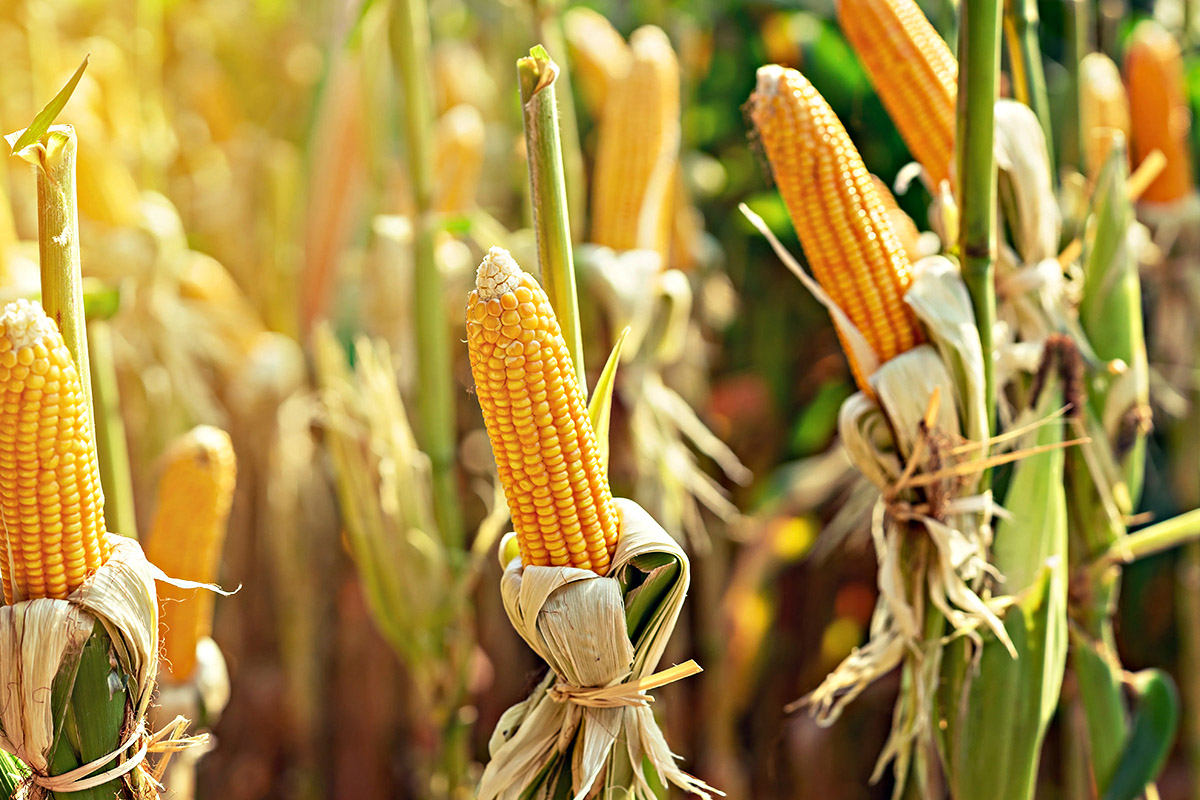
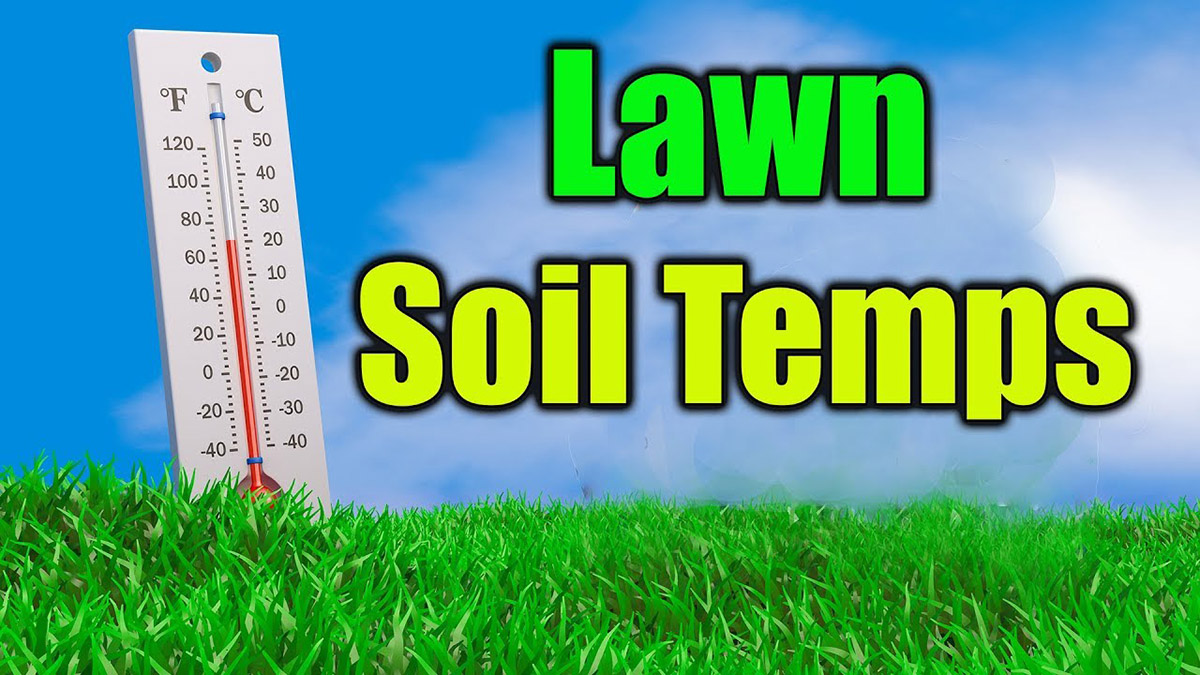
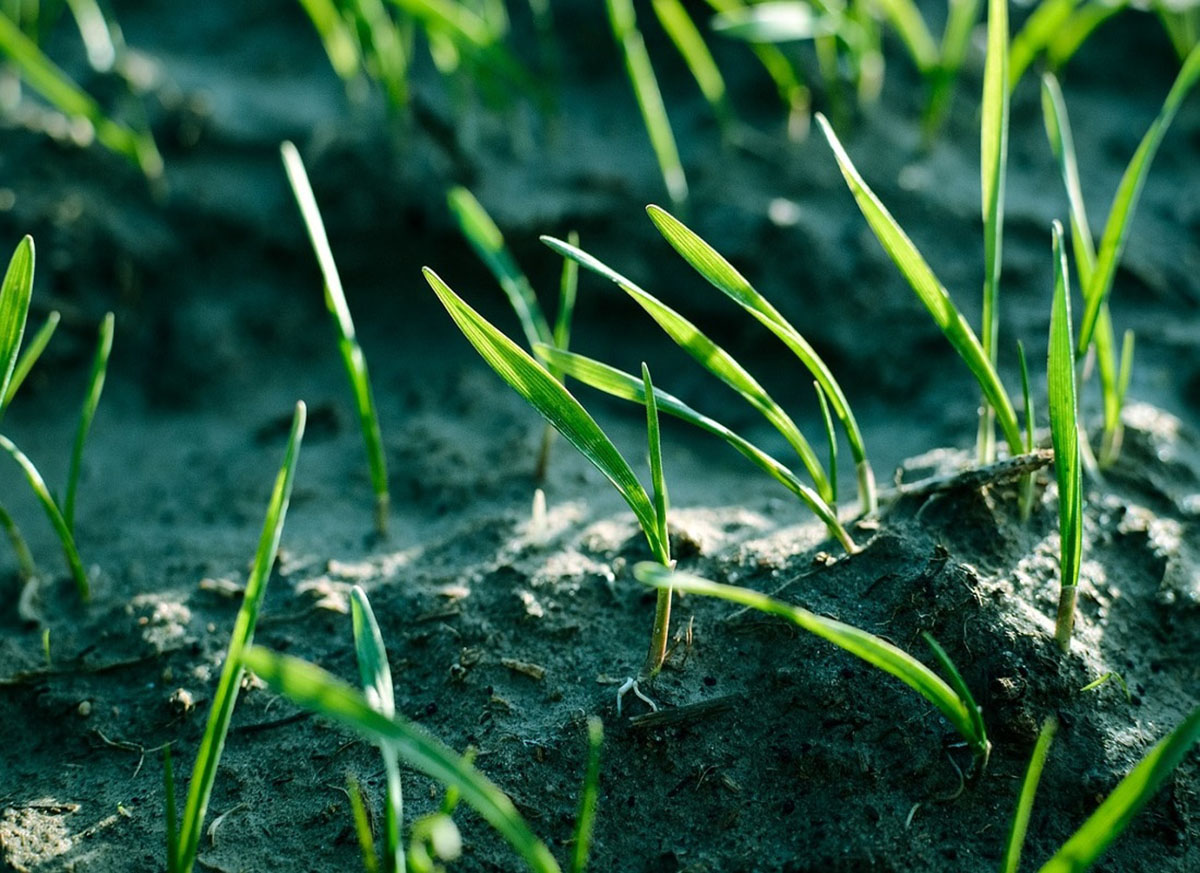

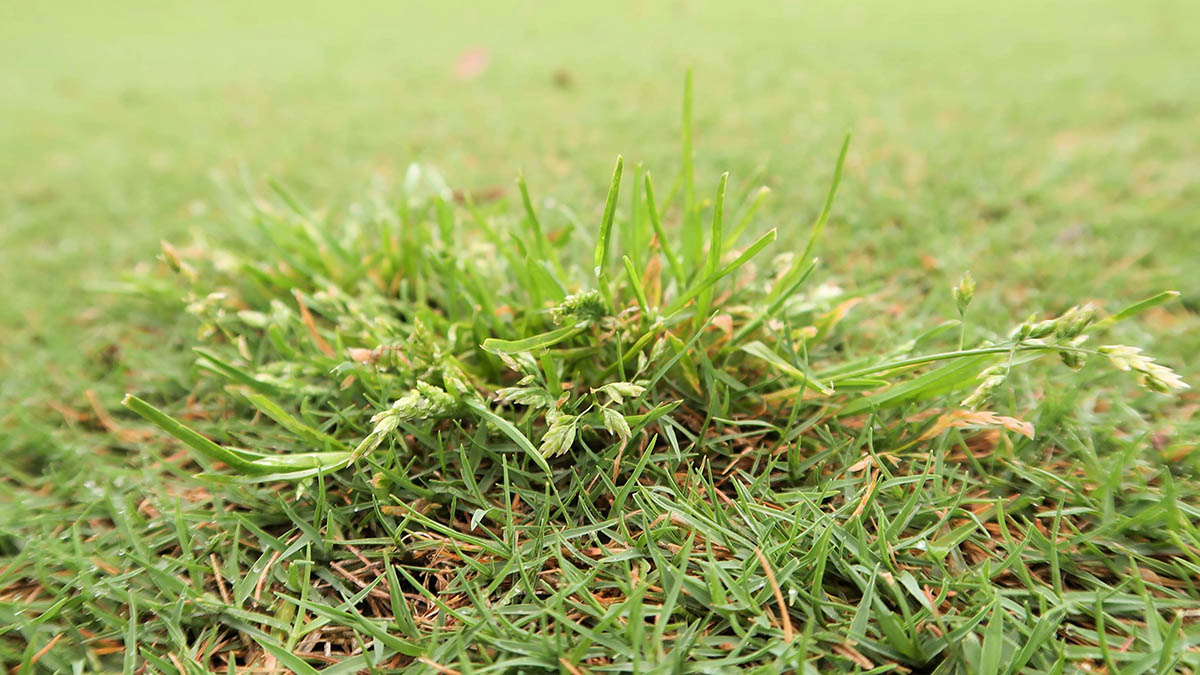
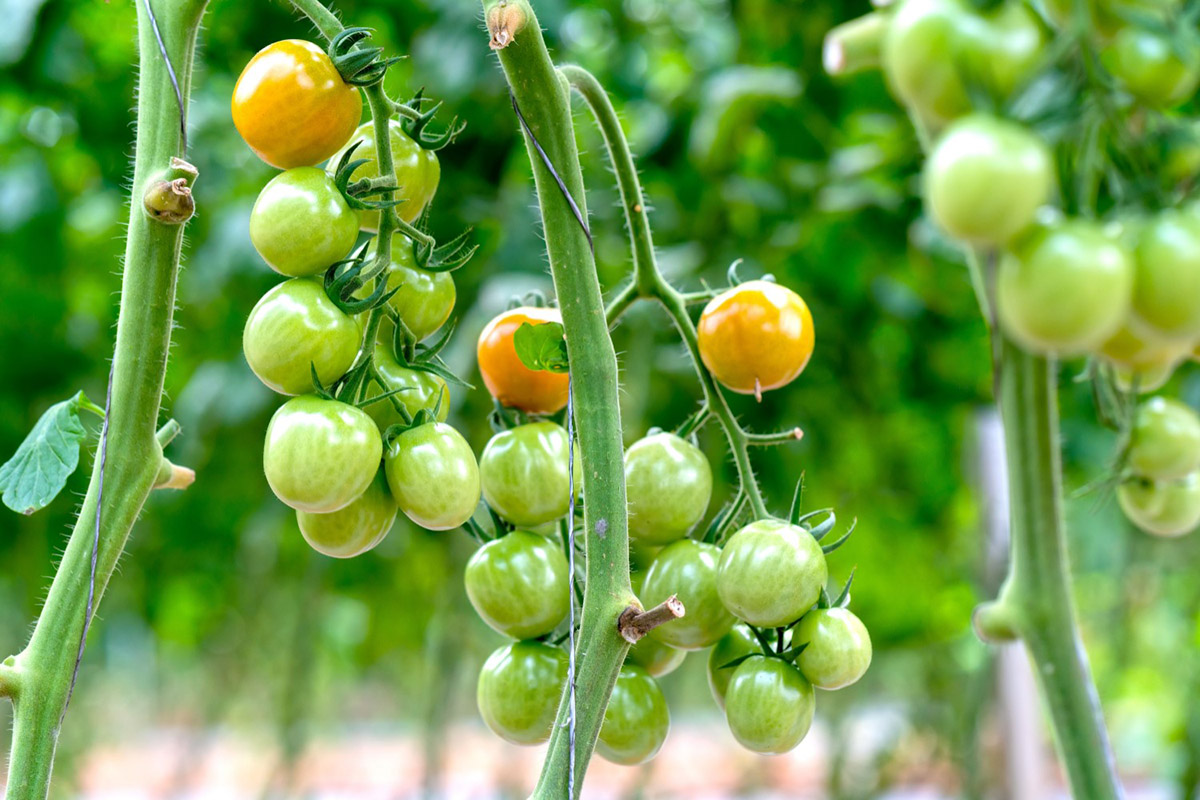
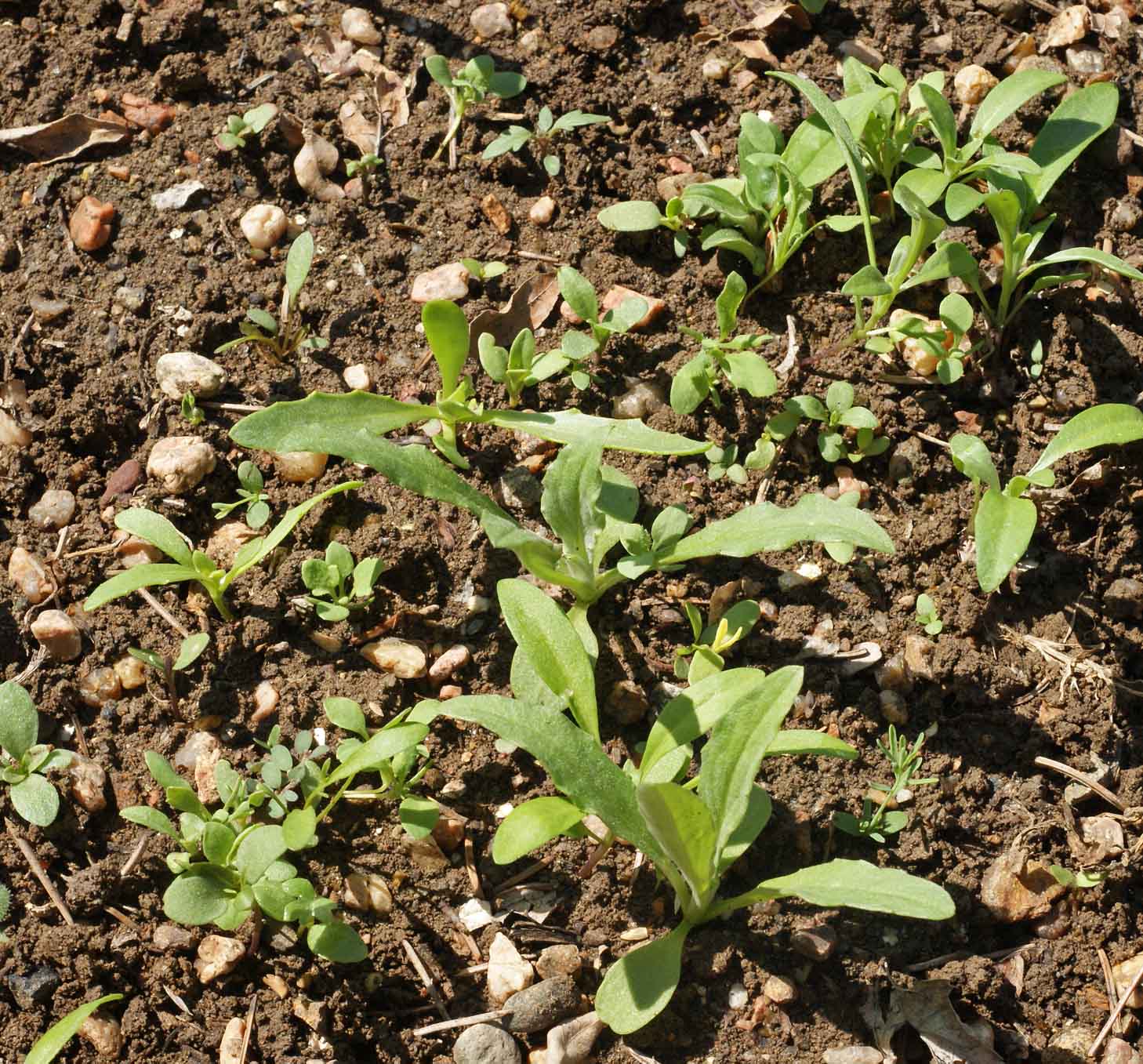
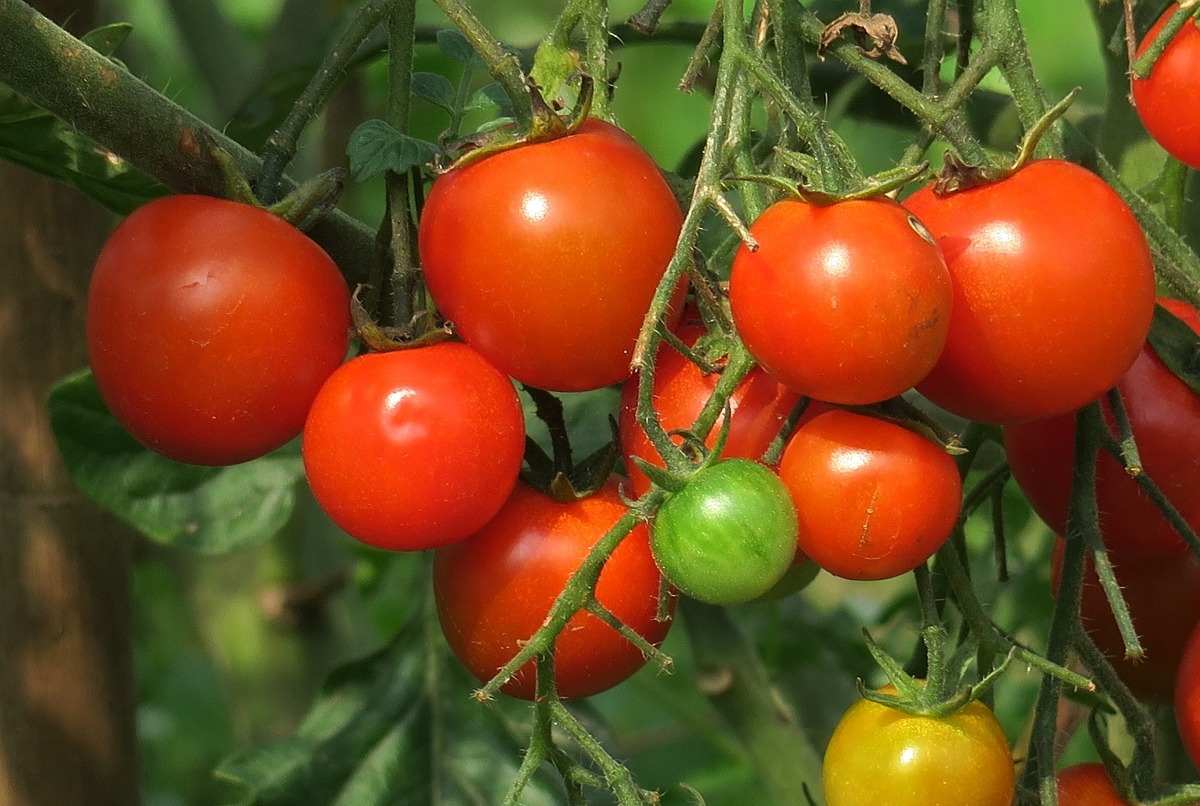
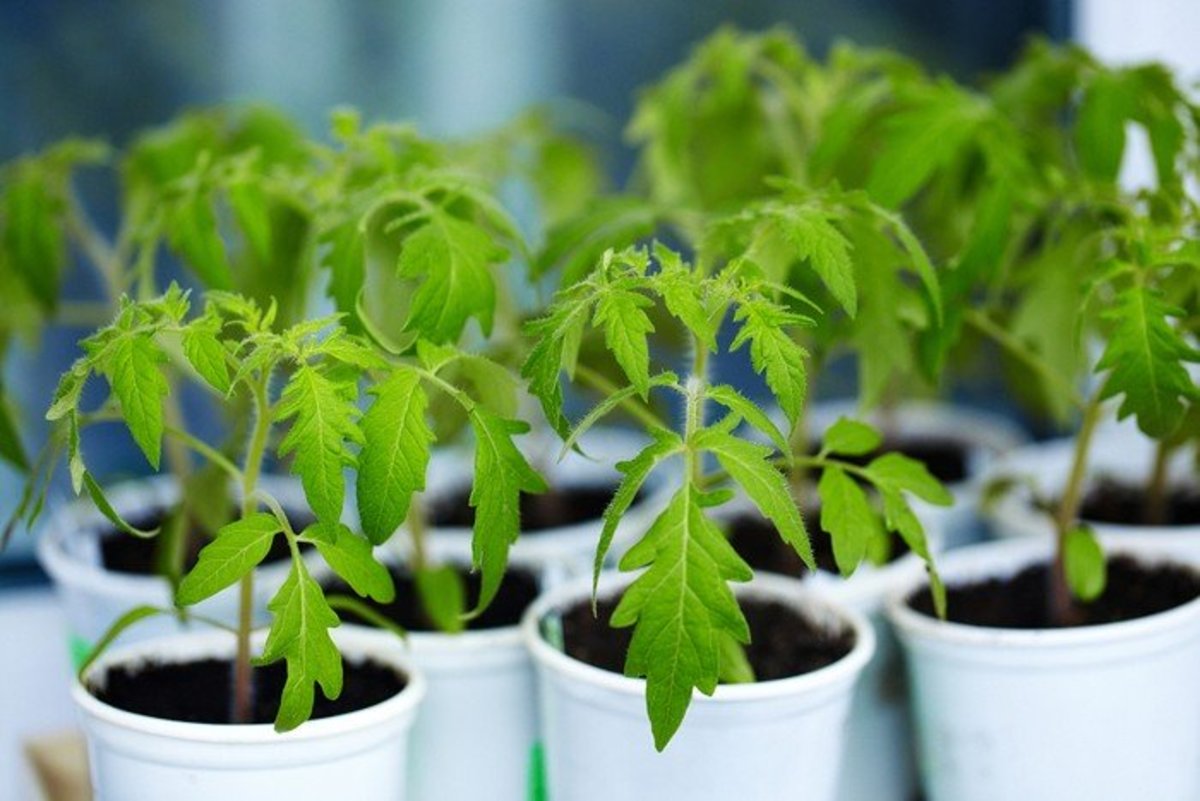
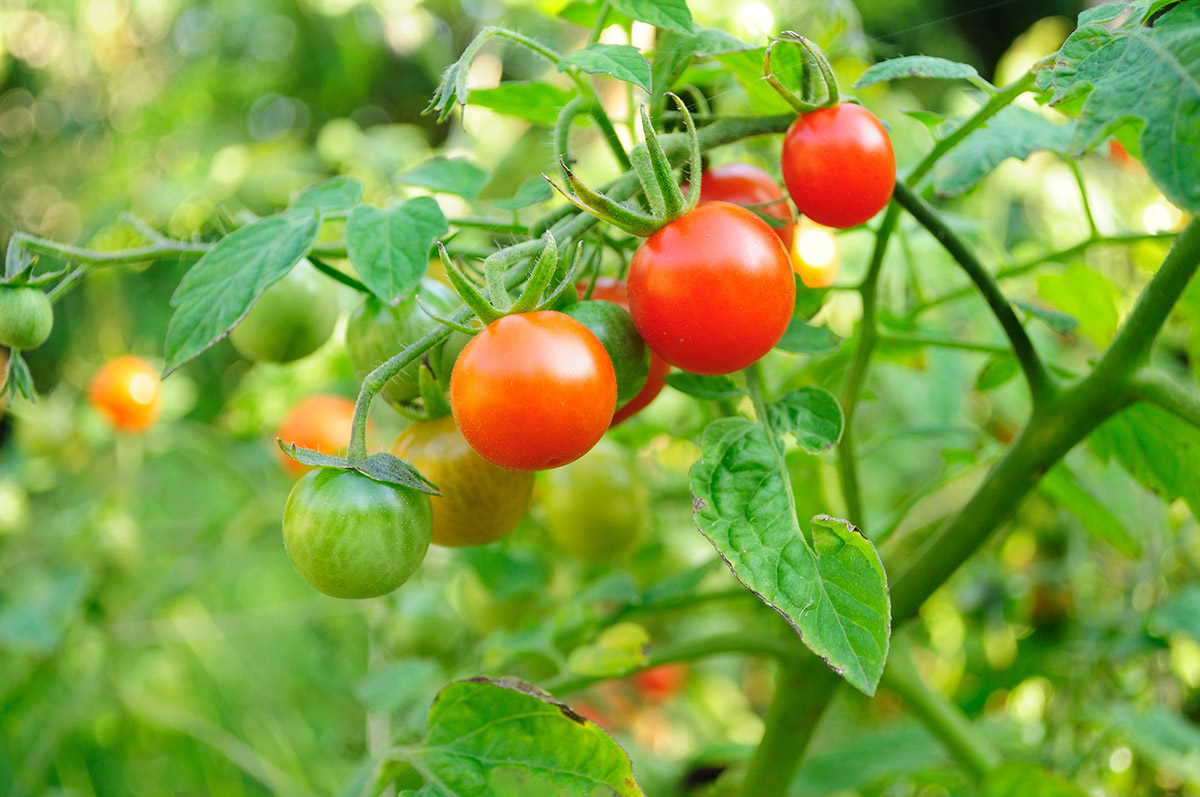

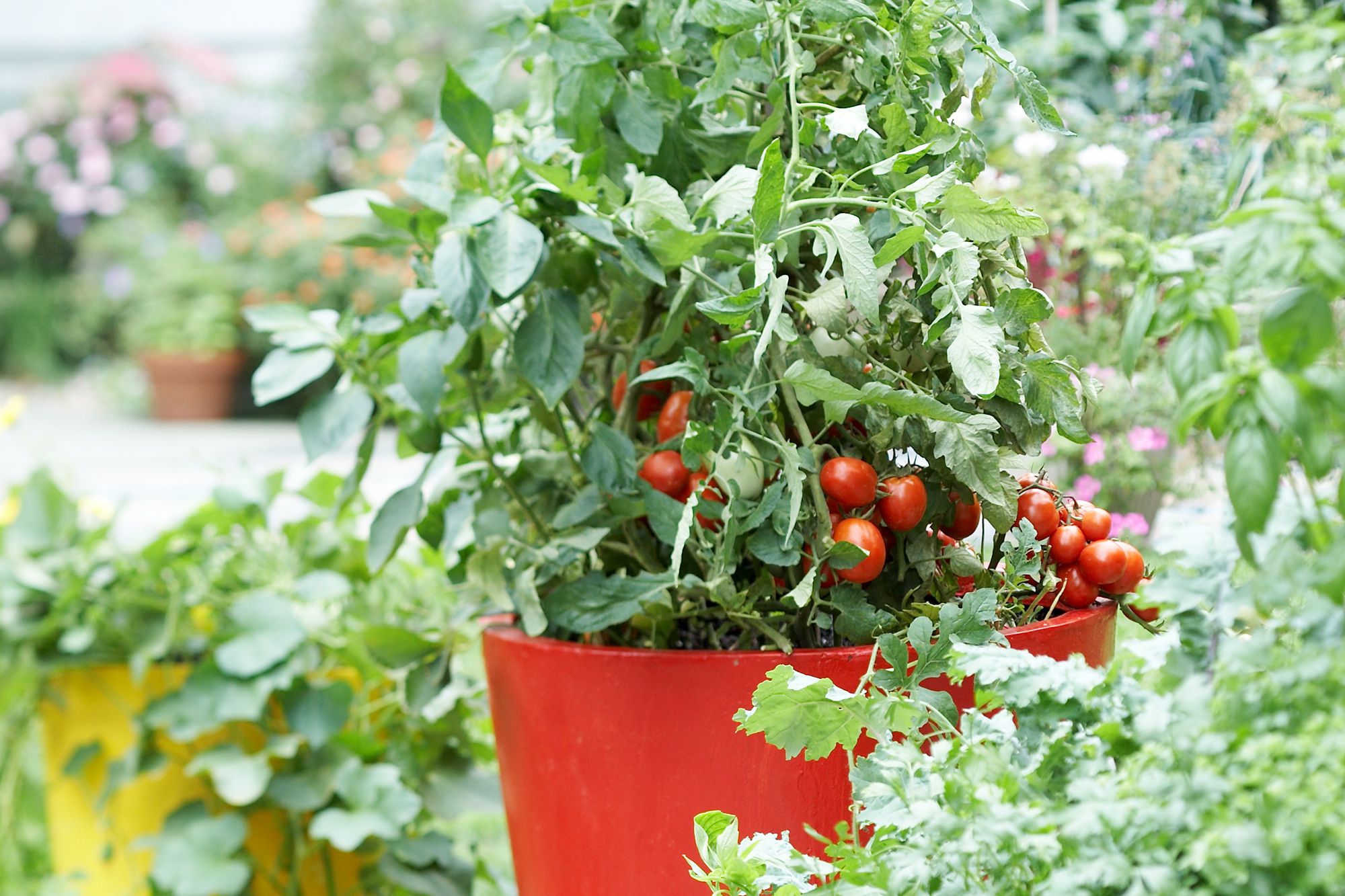

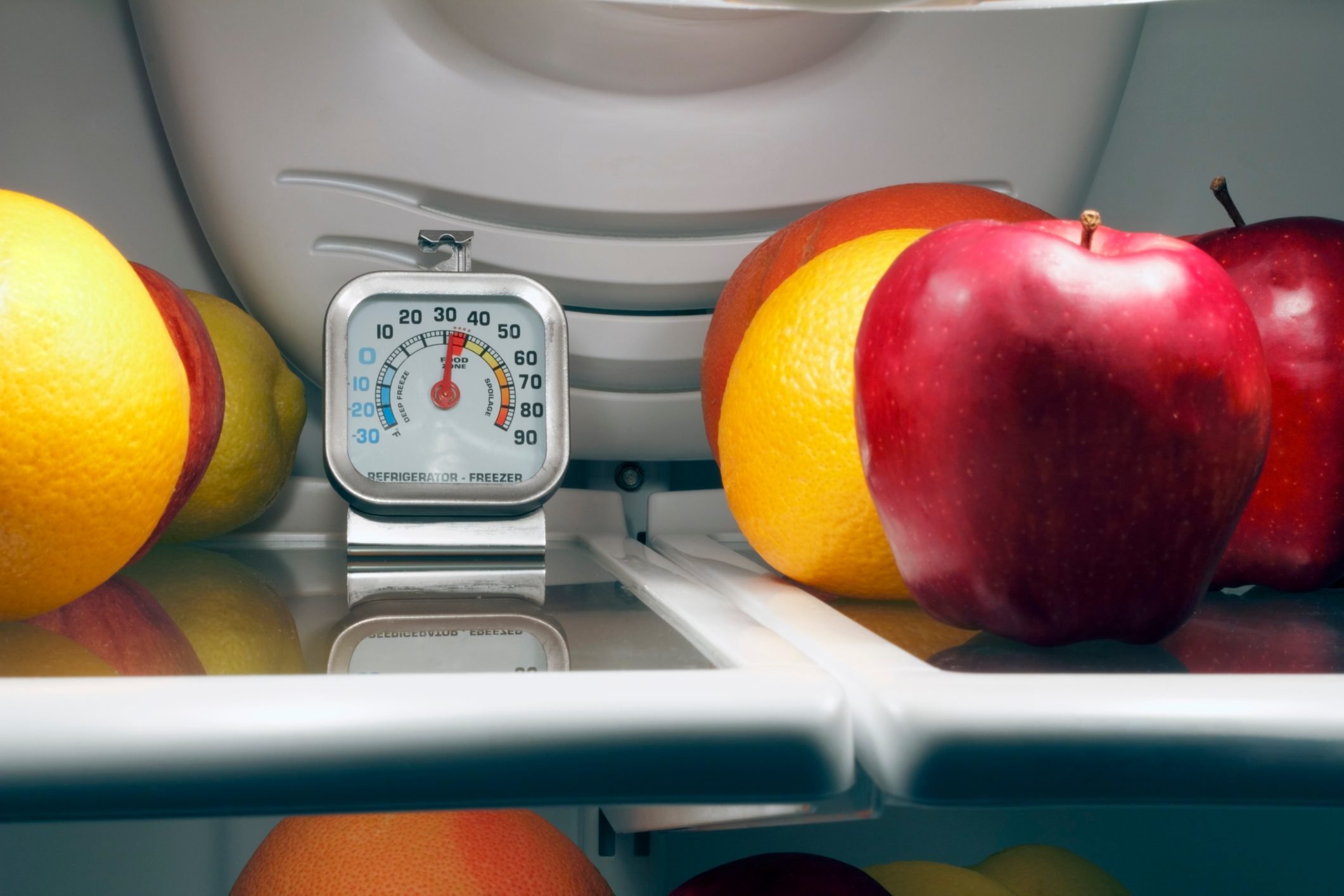

0 thoughts on “What Temperature To Germinate Tomatoes”